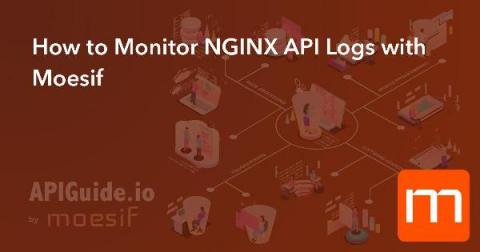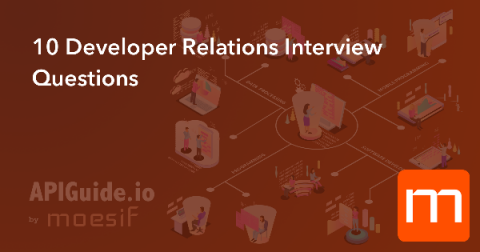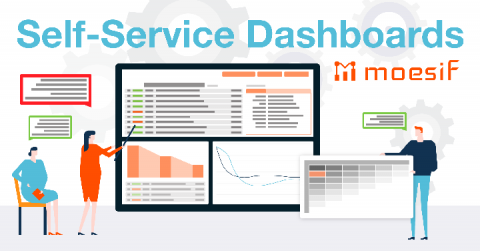How to Secure APIs and Services Using OpenID Connect
A modern API gateway like Kong enables organizations to achieve some use cases much more easily than traditional gateways. The reason is older, traditional gateways try to provide as many features as possible into a heavyweight monolith, while modern solutions use a best-in-breed approach. These traditional solutions not only try to be a gateway, but they also try to be a business intelligence system, a central logging hub, a monitoring tool and so much more.











